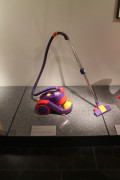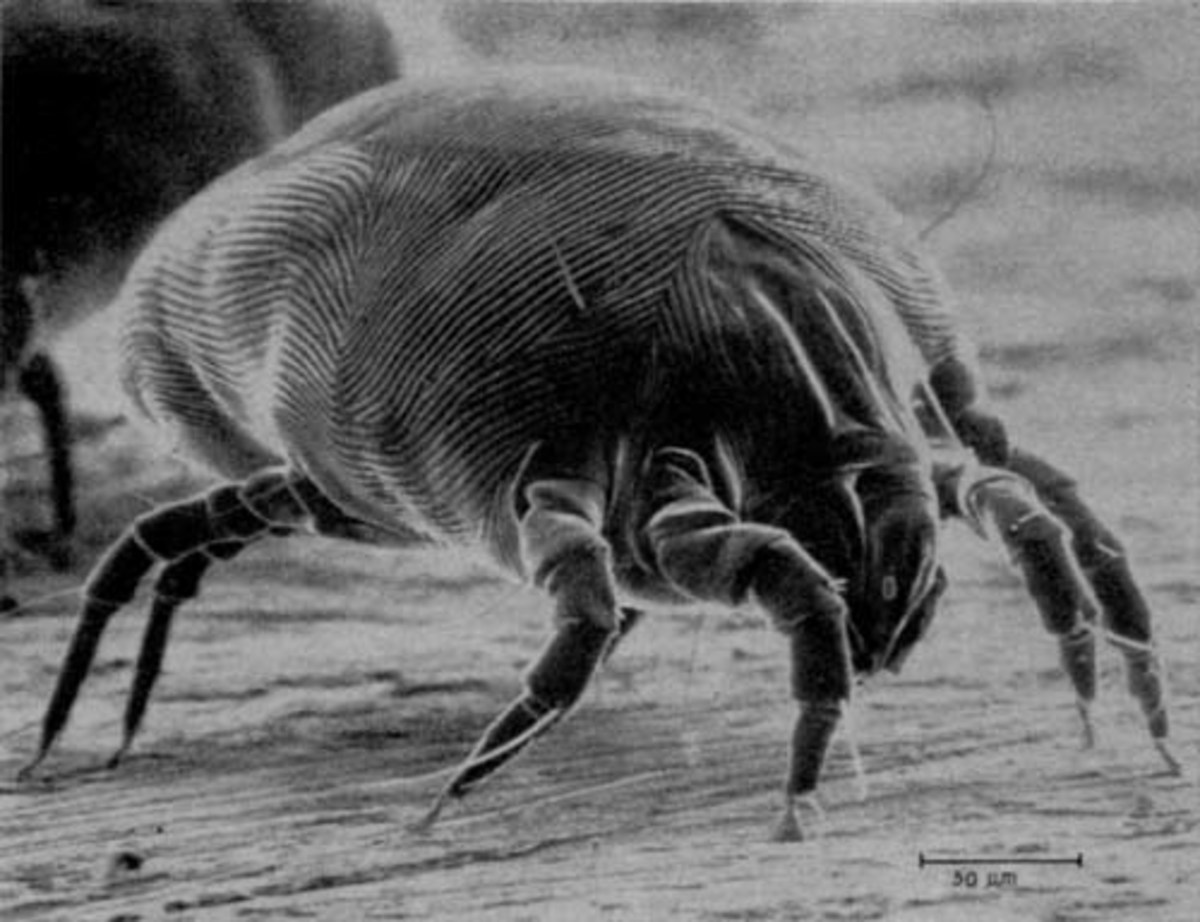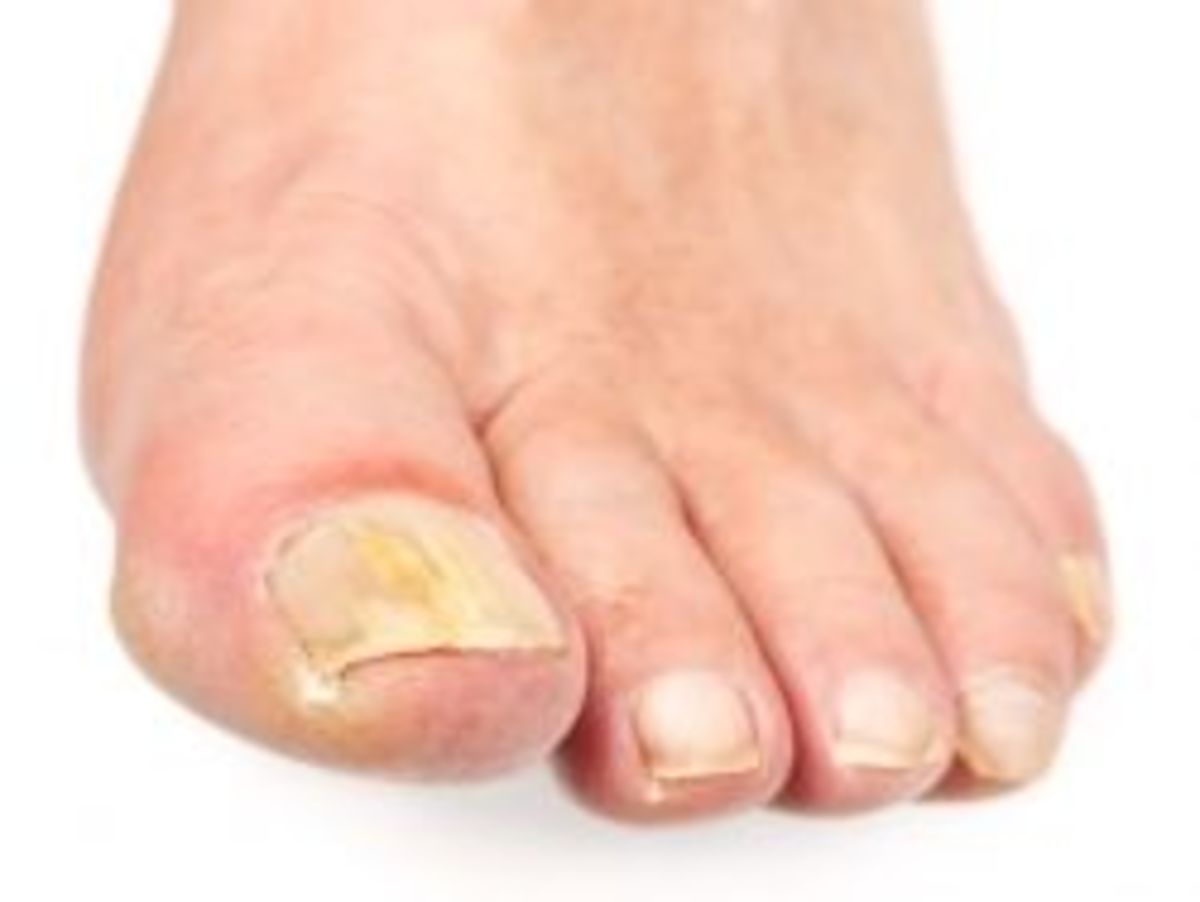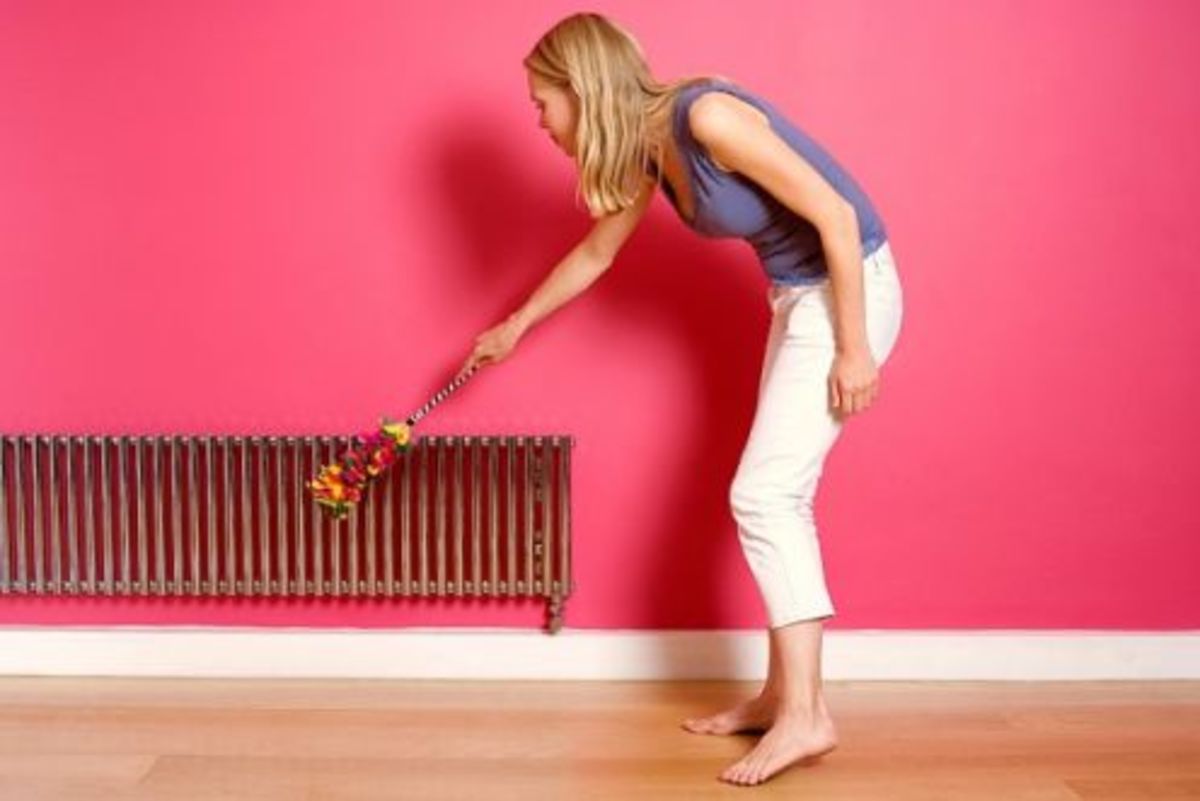How to Clean Up Household Dust
Household Dust
Allergy and asthma sufferers have a rough time in life if they’re sensitive to dust and dust mites. Dust is one of the most common triggers for those who have allergies and asthma. Have you ever stopped to watch a ray of sunshine coming through a window, and noticed all those tiny little particles floating in the light? Those are dust motes. Dust exists in nature and in our own home environments, and is part of the outdoor and indoor pollution we face each day.
What is dust made of?
Dust is composed of microscopic particles of pollen, dead skin and dander from humans and animals, dirt from outdoors, fabric fibers, house dust mites (including dead mites and their body parts, along with their excrement). Approximately 90 % of the dust in our homes is from our own sloughed off skin cells. Are you itching, sneezing or coughing yet? Just writing this has made me start to itch. All of these particles are in the air we breathe—whether we’re outside or indoors. And these are the particles that make people sick if they’re sensitive to dust and dust mites.
What are house dust mites?
House dust mites are microscopic bugs, related to the arachnid family, which are prevalent wherever humans live and work.
Dust mites’ favorite places to live are upholstered furniture, carpets and rugs, pillows and mattresses, and even on humans. They prefer humid climates, but also manage to live at high altitudes in drier air (though in fewer numbers).
Guess what they prefer to eat? House dust mites enjoy eating dead human skin cells. We humans shed up to 30,000 to 40,000 dead skin cells per hour. This gives our house guests (dust mites) a lot to eat every day.
One more fact, there are at least three common species of house dust mites: European house dust mite (Dermatohagoides pteronyssinus), the American house dust mite (Dermatophagoides farinae), and Euroglyphus maynei.
House Dust Mites
![By Gilles San Martin from Namur, Belgium (House dust mites Uploaded by Jacopo Werther) [CC BY-SA 2.0 (http://creativecommons.org/licenses/by-sa/2.0)], via Wikimedia Commons By Gilles San Martin from Namur, Belgium (House dust mites Uploaded by Jacopo Werther) [CC BY-SA 2.0 (http://creativecommons.org/licenses/by-sa/2.0)], via Wikimedia Commons](https://usercontent2.hubstatic.com/13678715_f520.jpg)
How to clean dust from our homes?
If you suffer from dust and dust mite allergy or asthma symptoms, then it will be necessary to remove dust from your home and work place on a regular basis. How often to dust really depends on how bad your asthma and allergies are. If you’re very sensitive, it might be necessary to clean certain areas of your home every day. However for most people, a good weekly cleaning helps to control allergies and asthma symptoms caused by dust and dust mites.
There are several methods you can use for dust removal. Health care providers often tell patients to remove dust from their homes, without suggesting the most practical ways to accomplish that. The key is to keep things as easy and cost-effective as possible, without breaking your budget or your back. Some of the least expensive methods for dust removal are damp mopping and damp dusting, use of electrostatic cloths for cleaning household surfaces, and vacuuming. Again, you have to find the best methods that work for you, and experiment to find how often you need to dust.
Cleaning House is Fun!

Key Point: Clean Top to Bottom
It's important to use an efficient method for your cleaning. Remember when you are cleaning start up high--ceiling or higher surfaces, working your way to the bottom--lower shelves and the floor. This way, dirt and dust will keep moving to lower levels, finally reaching the floor where it will be vacuumed up. This method is efficient and will keep dirt and dust from being spread as you clean.
Damp mopping and damp dusting
Damp mopping and dusting are helpful methods to remove house dust and dust mites and is highly recommended by many health care professionals. When you damp clean floors and home surfaces, you can either use a bucket of warm water, or you can add a gentle cleaning solution, and use a microfiber cloth.
Microfiber cloths help to trap and hold dirt and dust and don’t scratch household surfaces. Plain water is the best when damp cleaning, but you should use the method recommended by your own doctor or health care provider.Damp dusting is great for all surfaces, but avoid using this method on electronics and be very careful to wring out the cloth when cleaning any wood surfaces.
Damp mopping is best for tile, wood, and linoleum flooring. Your mop should be thoroughly rung out to avoid creating puddles or water spots on the surfaces you clean.
Update on March 2, 2015: A few months ago I started using tea tree oil as part of my daily and weekly cleaning. Tea tree oil is a known miticide and works against many types of mites, including dust mites. Using tea tree oil to clean also refreshes the air in your home without the use of harmful chemicals.
For damp dusting: put 2-3 drops of tea tree oil in a spray bottle (about 250 ml) filled with warm water. Shake the mixture, and then spray on dust clothes or synthetic feather dusters. This spray can also be used on stuffed furniture and rugs/carpets. Before using on furniture/rugs/carpets, be sure to do a patch test to see if the tea tree oil causes discoloration or other problems.
For damp mopping: put 4-5 drops in a bucket (about 1 gallon of water) and use as needed for cleaning floors and other surfaces.
Note: some people are allergic to tea tree oil. The strong smell of tea tree oil may cause breathing difficulties in those whose asthma is triggered by strong odors.
Tea tree oil is toxic for cats.
Also, be aware that ingesting tea tree oil is not recommended, as it can be toxic. If you're using tea tree oil to clean in areas with babies and small children, it's a good idea to air out the room and/or use clear water to rinse anything children might put into their mouths and surfaces that babies might use for teething.
Dry dusting and mopping
It’s possible to dry mop and dust your home, but you should avoid using regular rags, feather dusters, lambs wool dusters, or regular mops. These materials do not trap the dust, but rather just move the dust around. This will do not remove dust from your home.
Electrostatic cloths are the best material for dry dusting and mopping. These cloths are not reusable, but they do an efficient job of trapping the dust when you clean, and they can be used for floors and household surfaces. They are safe for use on all surfaces and electronics.
Vacuuming is an Efficient Way to Remove Household Dust
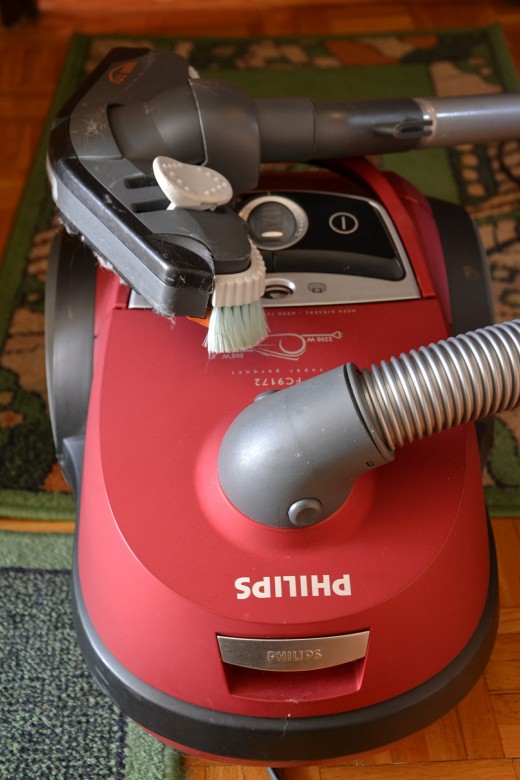
Key Point: Best Vacuuming Method
This next bit of advice might seem obvious, but most people give their carpets and floors a quick once-over by swishing the vacuum a couple of times over one spot and moving on. This is not an efficient way to clean up dirt and dust. You want to clean up as much dirt and dust as possible when you
You want to clean up as much dirt and dust as possible when you vacuum your carpets and bare floors. It's best to go slowly over one section of carpet or floor, pushing your vacuum forward and pulling it back. Do this several times, and then move on to the next section of floor or carpet that needs to be cleaned.
This slower vacuuming method is more work, but will ensure that you pick up more dirt and dust from your floors and carpets.
Vacuuming
Vacuums are another effective method for getting rid of dust and dust mites. However, be aware that most vacuums, while sucking up dirt, will also spew a lot of particles back out into the room when the air passes out through the air vents of your vacuum.
There are vacuums that filter the air several times before air is released back into the room. This type of vacuum cleaner is called a HEPA vacuum, and is one of the best tools to use if you are allergic or sensitive to dust and house dust mites.
Be sure to find a vacuum that has HEPA certification (it must remove up to 99.97% of dust particles from the air) in order to get the most cleaning power for your dollar and your health. It’s possible to vacuum your floors (carpets and bare floors), and you can vacuum curtains, lampshades, upholstered furniture and even your mattress. It’s a lot of work, but very worthwhile to help control your allergies and asthma.
Doing Laundry
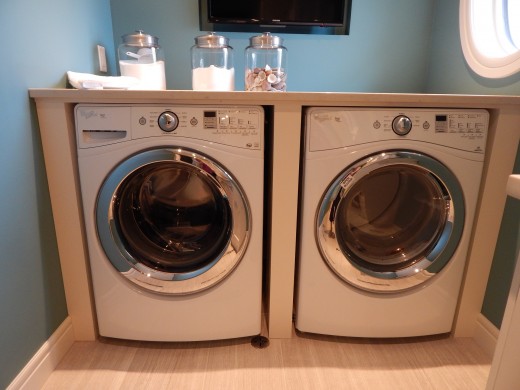
Laundry
Dust mites thrive where the air is humid and there are a lot of dead human skin cells. This means towels, washcloths, and all bedding are the ultimate restaurants for house dust mites.
All bedding and towels should be washed in very water, at least once a week, and should be dried on high if you use an electric dryer.There are special laundry detergents and additives you can use to help kill dust mites, but they are not scientifically proven, and are usually very expensive.
Washing your towels and bedding weekly, in hot water and using the high setting on your dryer, are efficient and the most inexpensive ways to do your laundry in order to get rid of house dust mites.
Update on March 2, 2015: I've recently begun using tea tree oil for cleaning (see above--damp dusting and mopping). In addition, I use tea tree oil when washing towels and sheets. You can add 2-3 drops of tea tree oil to the wash cycle, in addition to your favorite laundry detergent. Tea tree oil can also be added when washing clothing. Before using on tea tree oil on any fabric, spot test for discoloration and/or fabric damage.
A Clean House Makes You Feel Good!

Cleaning: easiest and cost-effective method to control dust and dust mites
These are some of the easiest and least expensive methods for dust removal and dust control for your home. You'll need to experiment with cleaning frequency--how often you need to clean in order to control your allergies and asthma. Cleaning frequency varies by person, but a thorough cleaning at least once a week is best for most people.
If you are still having troubling allergy and asthma symptoms, then try to clean more often. You might also need to have your allergies and asthma re-evaluated, and make any necessary medication changes in order to help control your allergy and asthma symptoms.
Join HubPages!
Join HubPages and start earning passive income from articles you write! Sign up today!
© 2011 Sherry Vacik


